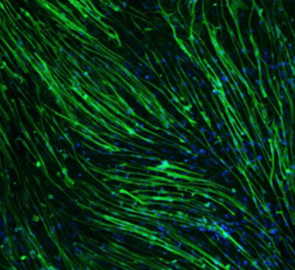Alamanda常见问题汇总
Alamanda常见问题汇总
常见问题汇总
- cell adhesion
- drug delivery
- gene therapy
- diagnostic
- oncology
- antibacterial
- antifungal
- surface chemistry
- total control over the molecular weight (i.e. chain length) and the composition (for copolymers)
- low polydispersity index (PDI=1.01-1.2)
- no use of metal catalyst, i.e. metal-free polymer
点在看,传递你的品味

相关推荐
评论列表共有 0 条评论
暂无评论
发表评论
取消回复
药科美专注生命科学产品进出口与技术服务









